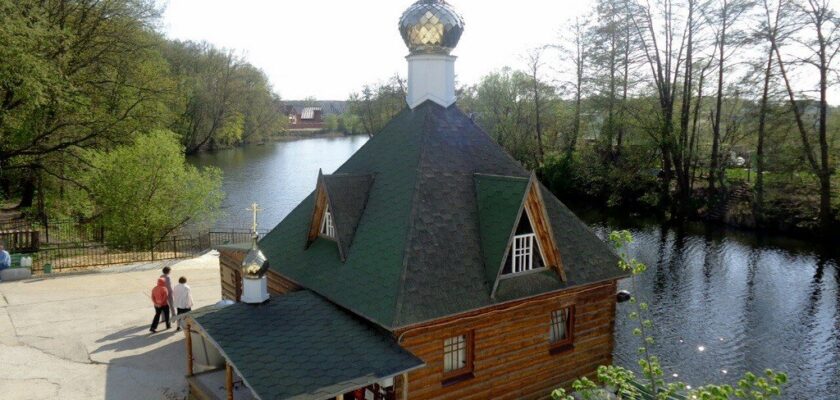Tregulyai village
Tregulyai is an ancient village located in the vicinity of Tambov and known among locals for the Pitirimov spring and St. John the Baptist Monastery. The history of Treguliai dates back to 1688. Nowadays there are 538 people living in the settlement. For a long time the Orthodox monastery was abandoned, but in recent years it has been actively restored. Due to its convenient location and excellent ecology, an elite cottage village is also being built in Treguliai.
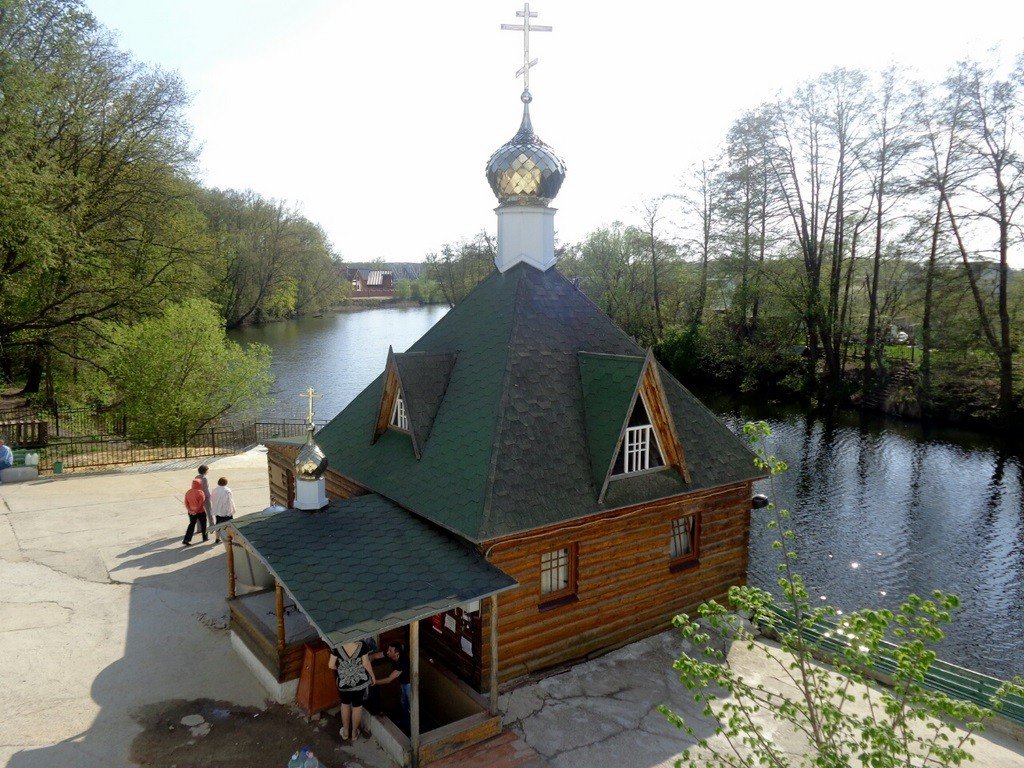
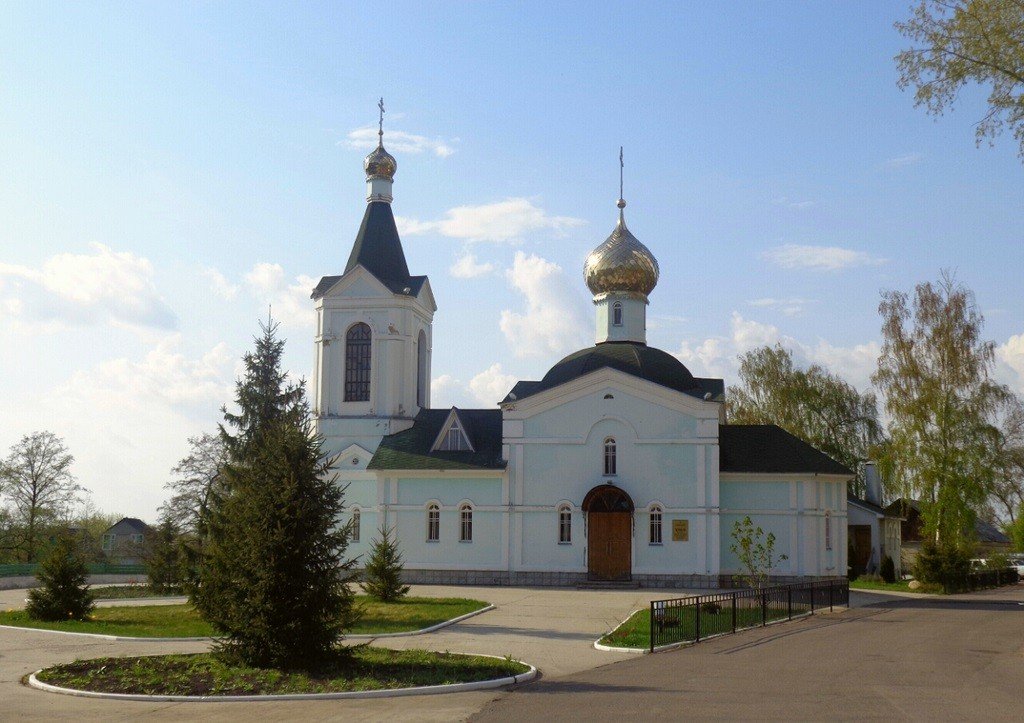
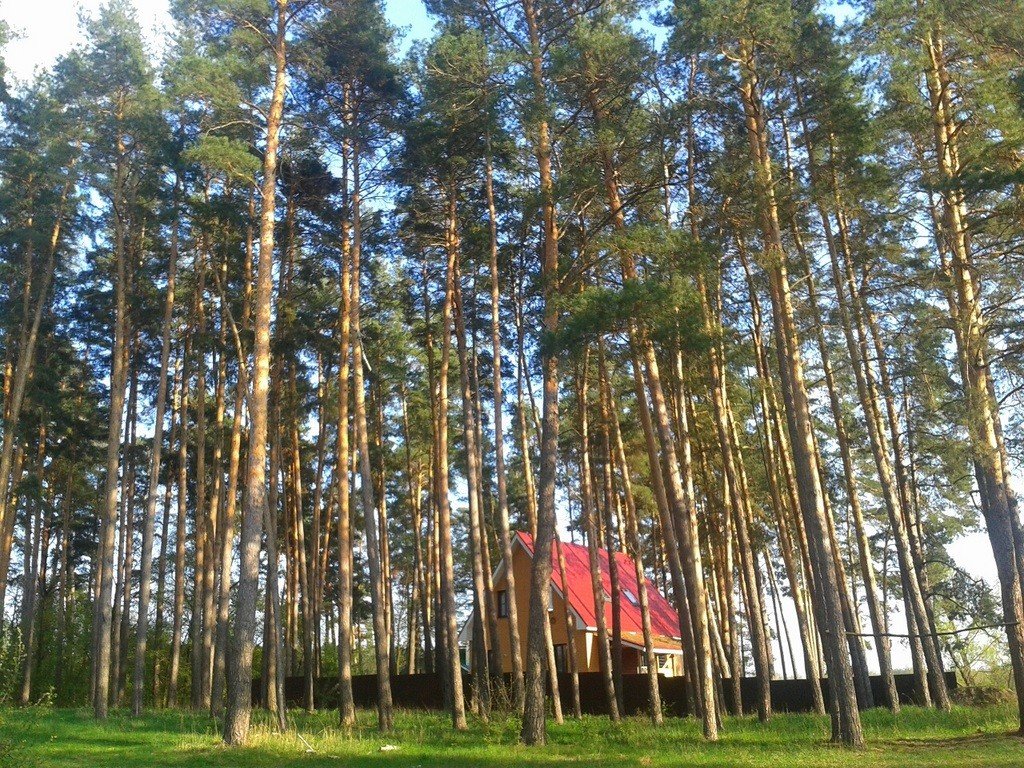
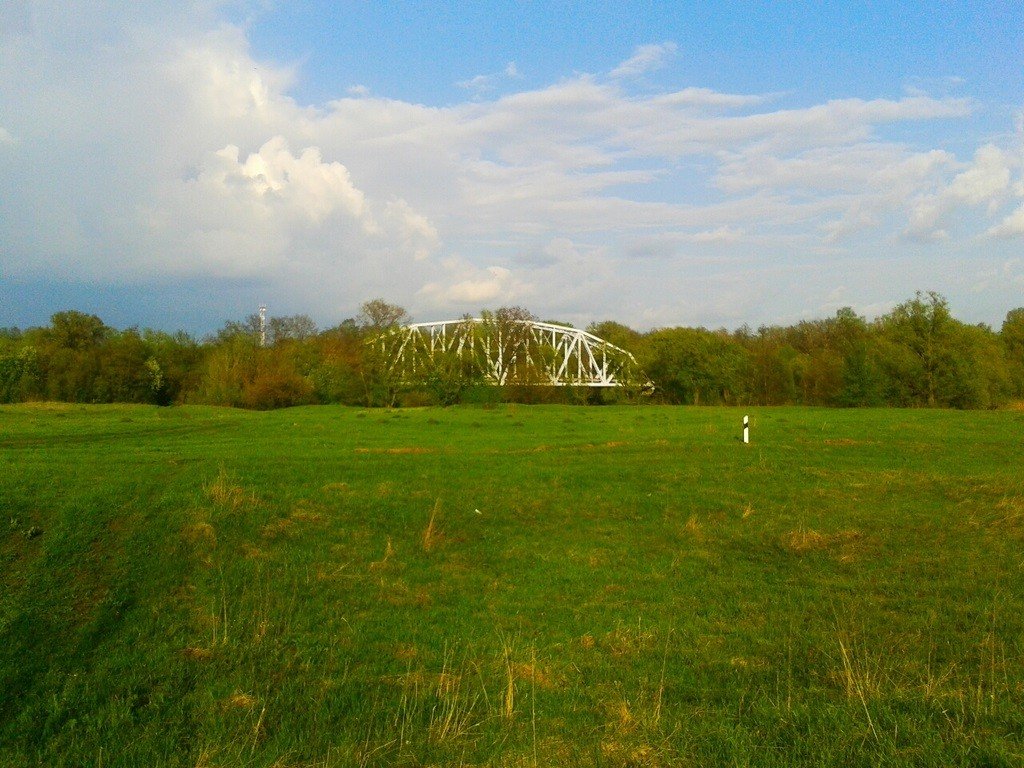
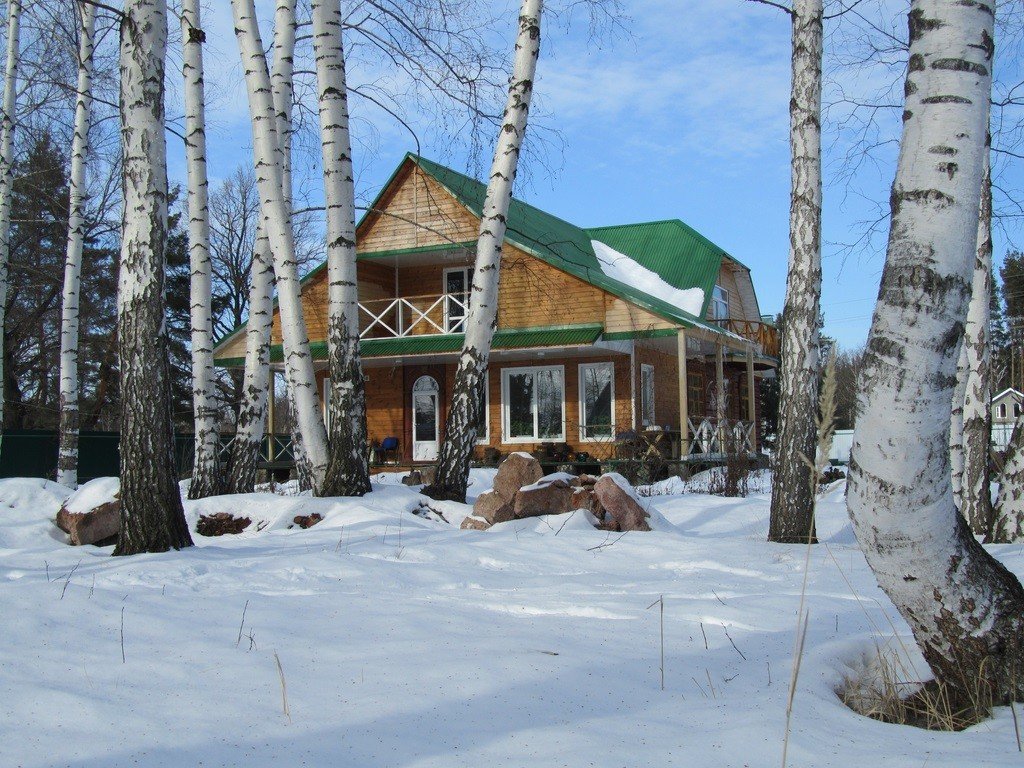
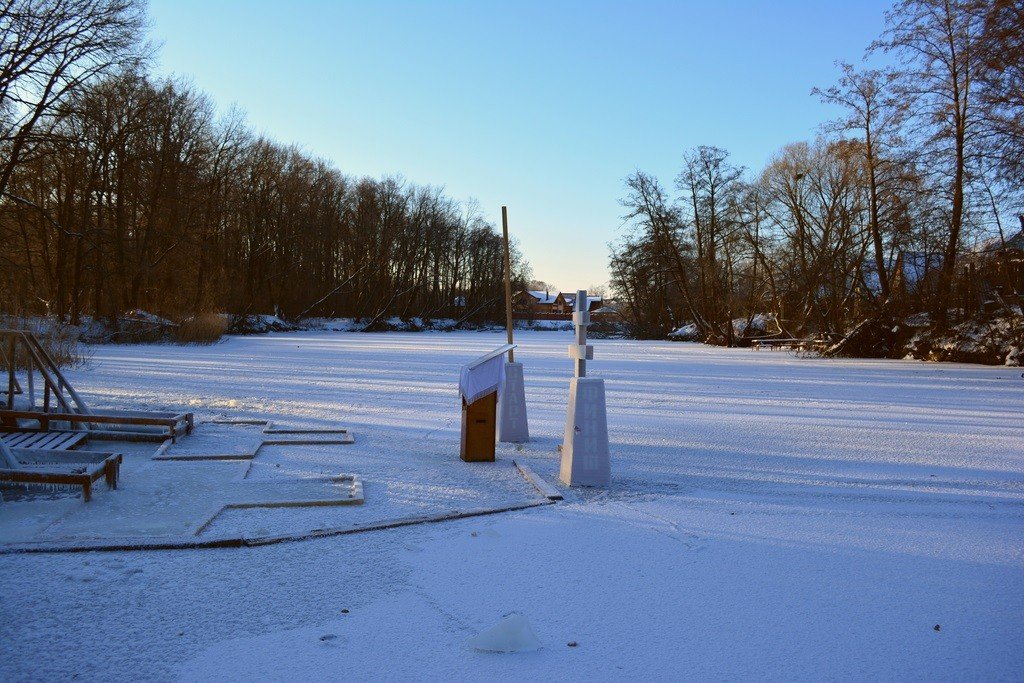
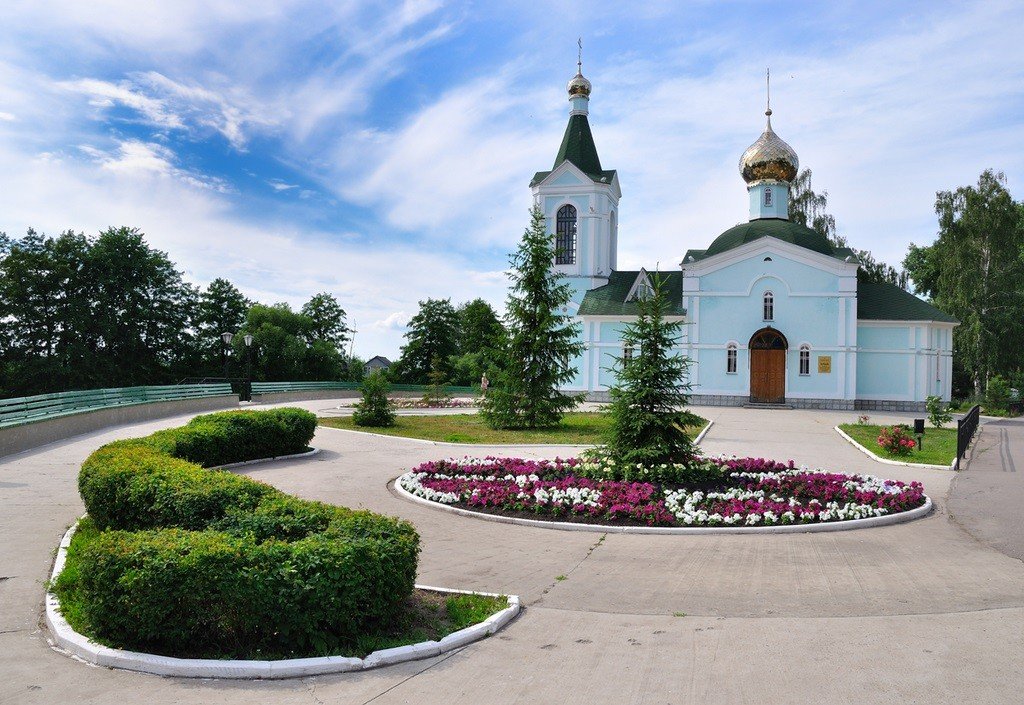
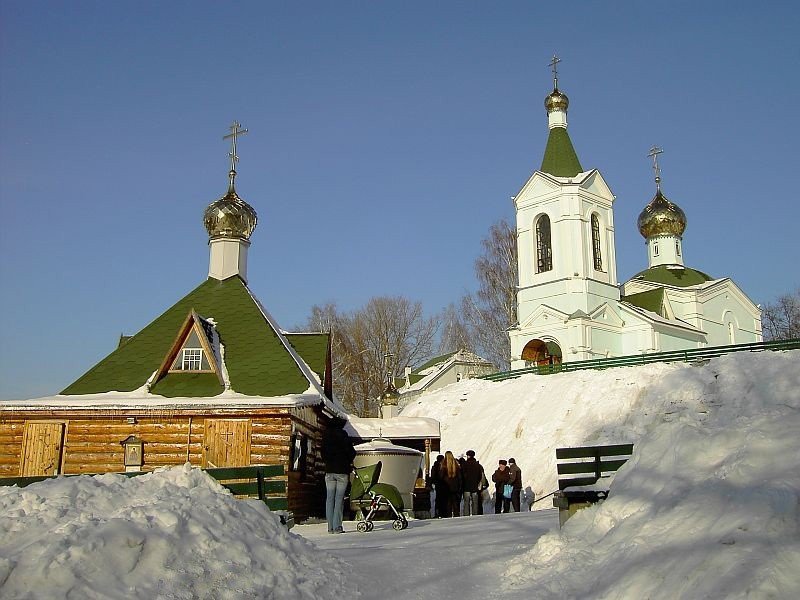
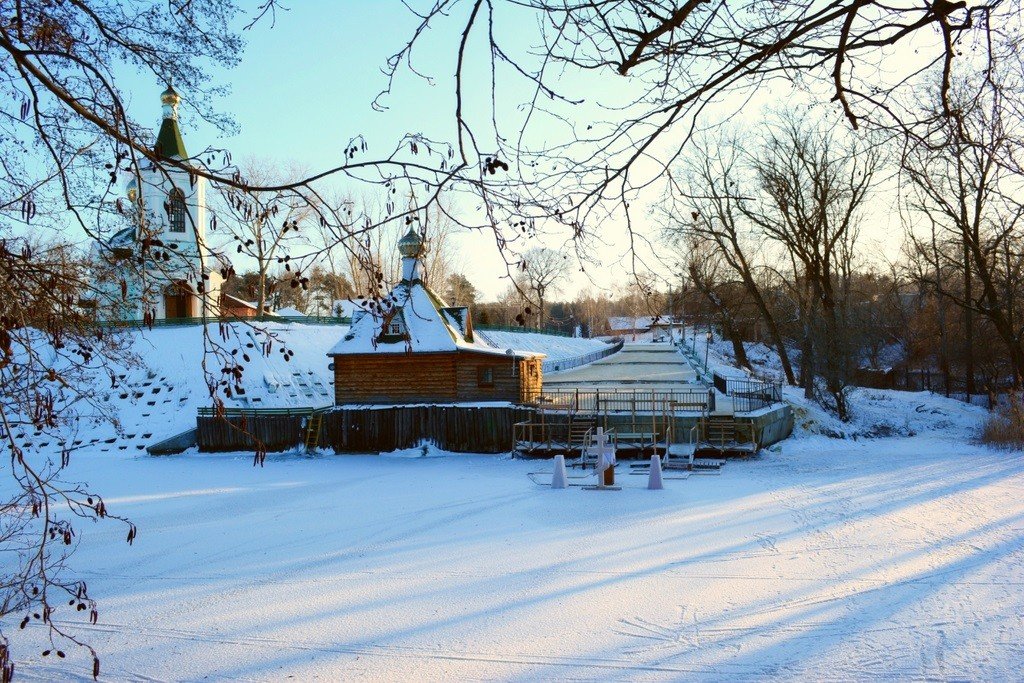
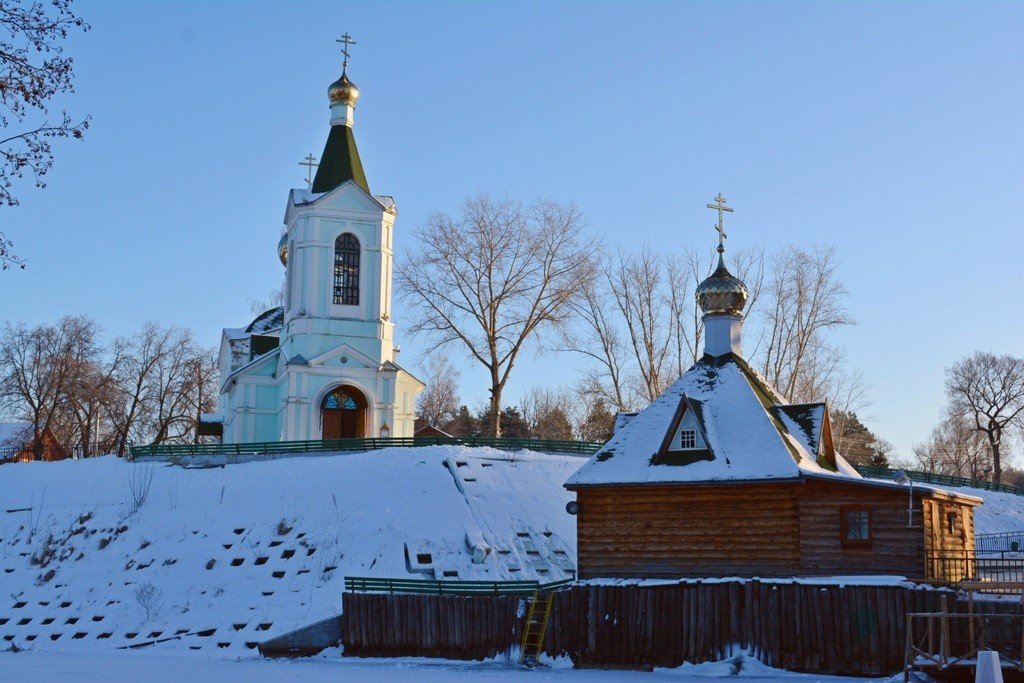
Highlights
Residents of Tambov and surrounding villages come to the village of Tregulyai to the Holy Spring. Near the spring there is a bathhouse, where anyone can take a dip in the cold water. Nearby on a hill is built a temple consecrated in honor of St. Pitirim of Tambov. Church services in it are held on memorable dates and holidays. Especially many believers gather in the church on Epiphany, when the ice-hole appears near the spring on the river. The temple is open for tourists and pilgrims daily from 7.00 to 19.00. On Wednesdays the spring is closed for a sanitary day.
.Treguliai attracts not only believers and lovers of antiquity. In the vicinity of the village there is a championship of the Tambov region on trophy-raids “Wolf Trail”. The rally is held annually in August, and to watch these extreme competitions, locals and tourists come to Tregulyai.
.
Local legends and lore
Where the name “Treguliai” came from is not completely clear. Some believe that it came from the Mordovian expression “torgu ley”, which means “fast river”. Among believers there is an opinion that the name arose because three local saints liked to walk in these places: Bishop Pitirim, Enoch Innokenty and St. Mitrofan of Voronezh.
.There is also a folk legend about three priests who, despite their rank, were drunk and led a licentious lifestyle. Because of their indecent behavior, the area began to be called Tregulyai. Curiously, on road signs and maps you can see two variants of the name – “Tregulyai” and “Trigulyai.”
.
Among the residents of Tambov regarding Tregulyai other legends have been preserved. It is believed that in the past on the site of the village was a hidden forest town of robbers. And from here dashing men raided merchants who carried goods along the Penza road. As can be expected, this legend is not confirmed by any historical evidence.
.Another legend tells of large catfish that were found in the Tsna River near Treguliai. The fish were so large that they could drag a whole cow to the bottom.
St. John the Baptist Treguliai Monastery
The monastery in Treguliai was founded in 1688 and was originally called Predtechenskaya desert. Its first abbot was Hieromonk Varlaam. At first the monastery buildings were located in a deep forest, half a kilometer from the river, east of the modern monastery. According to legend, the well for the monastery was dug by Bishop Pitirim himself.
.
In 1691 there was a wooden church consecrated in honor of John the Baptist. In 1717 came trouble, and all the wooden buildings burned out during a strong fire. However, thanks to benefactors, the temple and other buildings were rebuilt in three years. The church stood for another 36 years, but then it was dismantled for dilapidation. Instead of this temple in the monastery built a wooden Vvedenskaya church. It served for more than 30 years and in 1790 was dismantled.
.The construction of a new stone church stretched for almost two decades. Simultaneously with the main construction of the cloister enclosed the stone fence and erected in it two fraternal buildings. Finally, in 1808, the new church was consecrated in honor of John the Baptist.
.
At the turn of the XIX and XX century Treguliai was actively built up. In the monastery there was a church of the Savior of the Nerukotvorny, erected in the traditions of Russian-Byzantine architecture. In the Vvedenskaya church the walls were repainted and iconostases were renewed, and in 1903 the cathedral church of the Baptist was completed on the monastery territory.
.
The monastery in Treguliai was very popular with pilgrims. The monastery attracted the faithful by the fact that many of the retired hierarchs of the Tambov Church found shelter here. Many traveled here to pray near the venerated icons and relics of Christian saints. Although only 20 monks lived in the monastery, it was governed by an abbot with the rank of archimandrite.
.
With the advent of Soviet power, the Tregulyaev Monastery was closed. Even during the Civil War on its territory opened a large concentration camp, where the participants of the Tambov Uprising, which was led by AS Antonov, were held. According to surviving documents, 27,000 prisoners passed through Treguliai.
.At the end of 1922, the concentration camp was closed. After him, the monastery buildings were occupied by a correctional institution for juvenile delinquents and military units. In the 1960s Treguliai housed military warehouses and a firing range. During these years the main church buildings were finally destroyed. Only one fraternal building, refectory and a few outbuildings remained from the once rich monastery.
.
The old monastery began to revive in 1988. First, they cleared the territory near the river, dug a well and built a bath for the faithful. After that they began to build a church. And when the new church was completed and consecrated, the services were resumed in the Tregulyaevsky St. John the Baptist Monastery. Nowadays, the monastery has the status of the Archbishop’s suburbs, and restoration work here continues.
.How to get there
The village of Treguliai is located on the right bank of the Tsna River, 10 kilometers south of Tambov. Travelers who want to come here by car, it is more convenient to get to Tregulyai along the Tambov District Highway.
.Those who use public transportation, from Tambov can get to Treguliai by bus number 101, which runs from the city railway station. In addition, Treguliai can be reached by route cab No. 121.
.
In summer, it is convenient to come to the village by the Tsna River. Pleasure boats depart from the pier, which is located on Leningradskaya Street, opposite the building of the Technical University.
.
